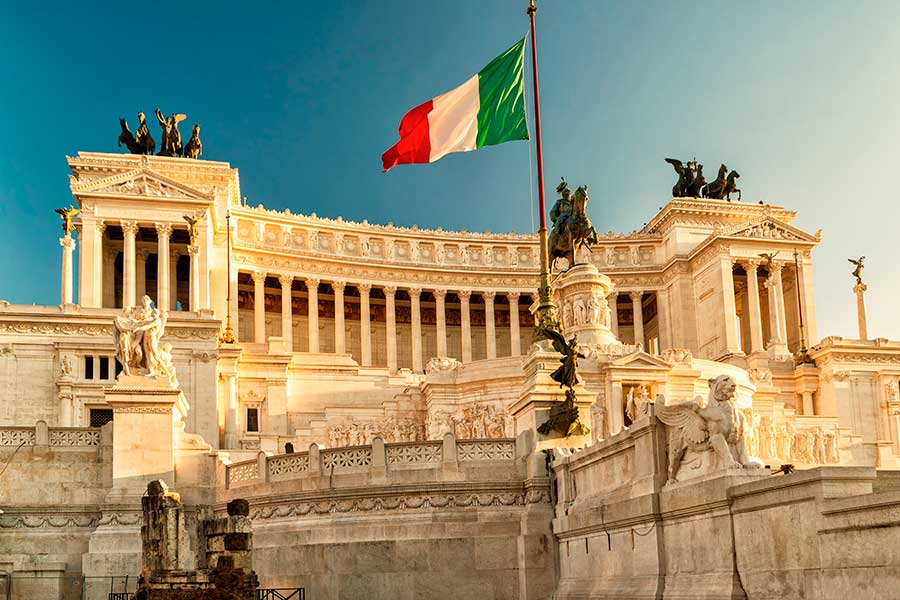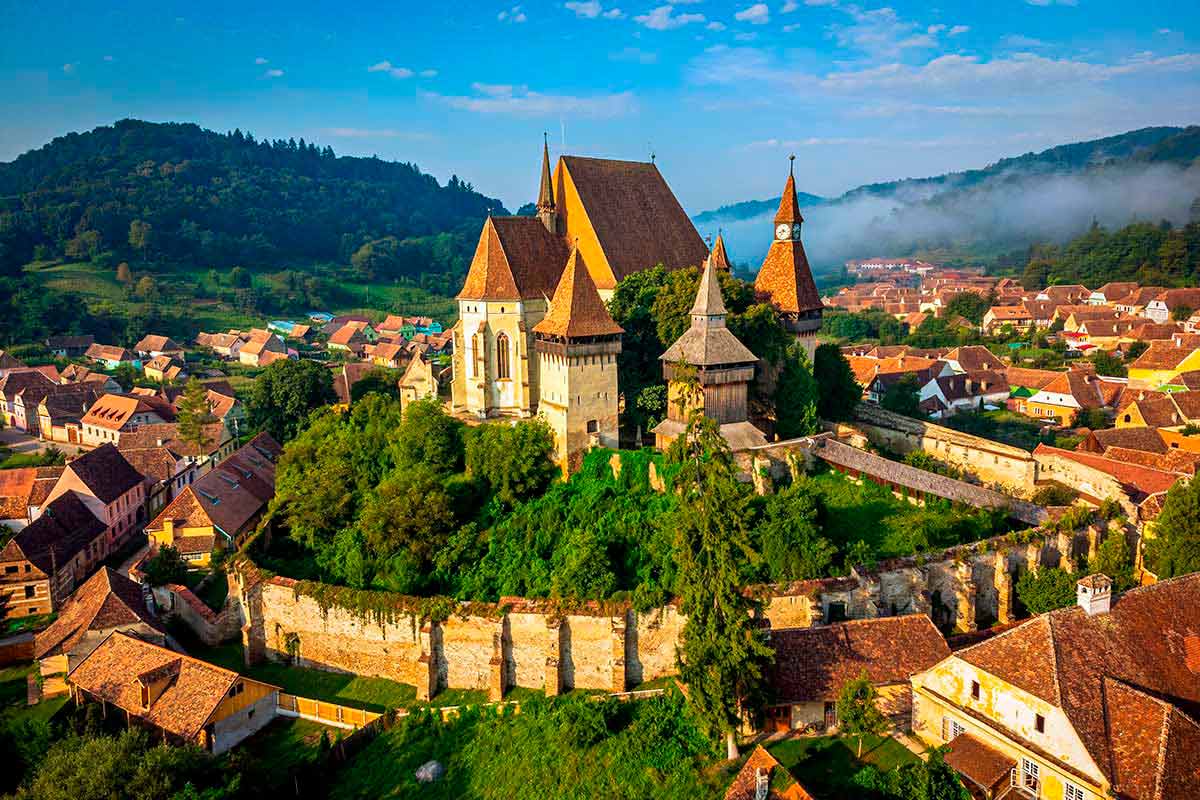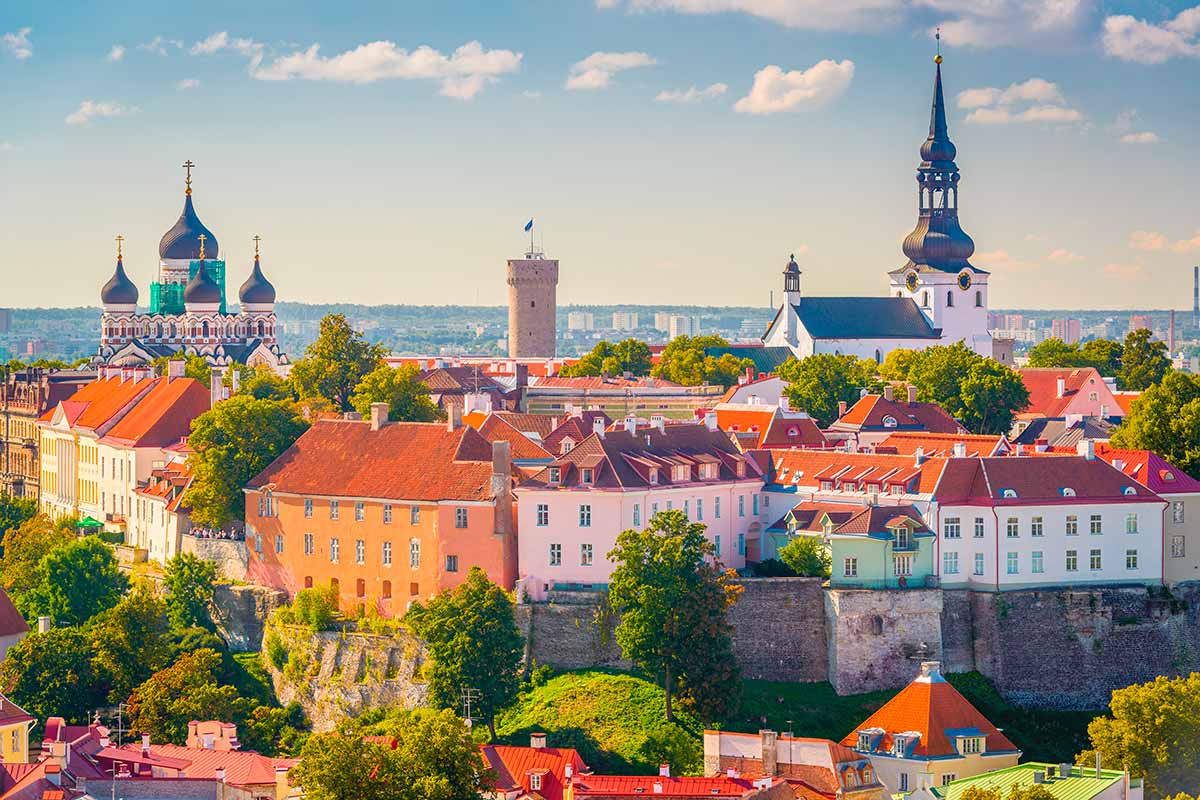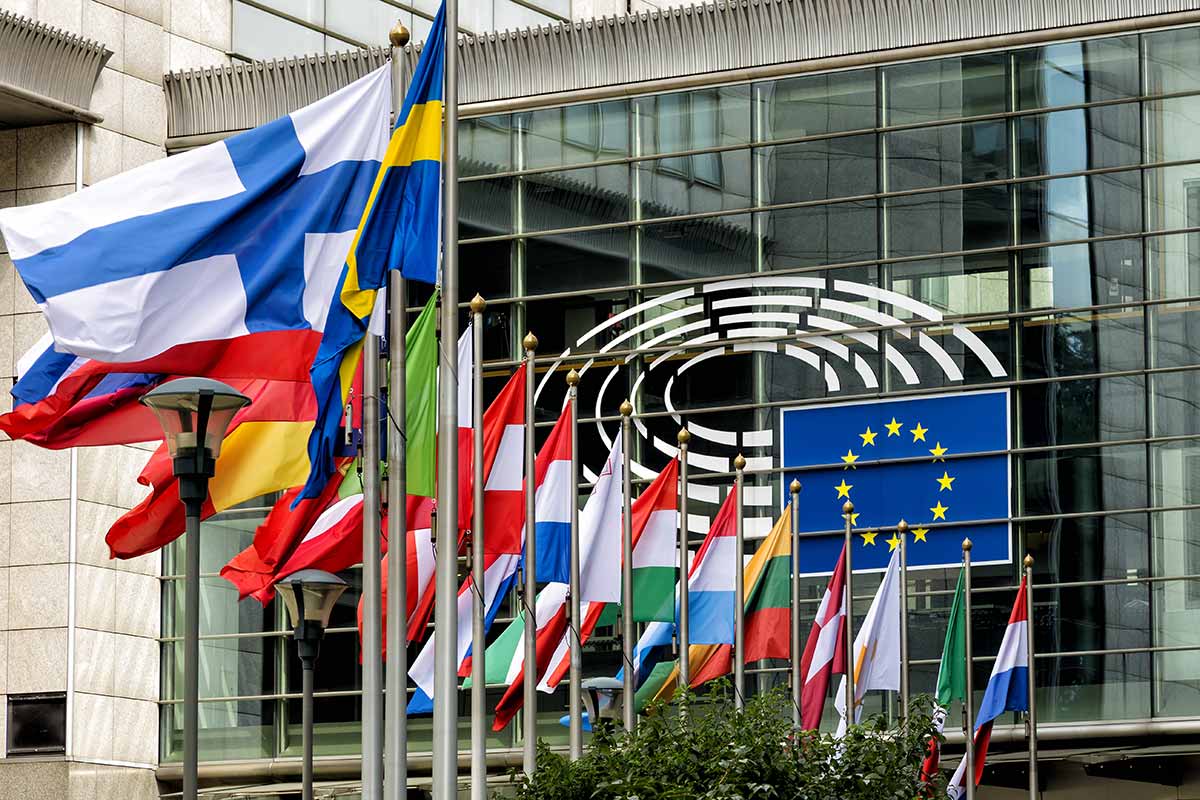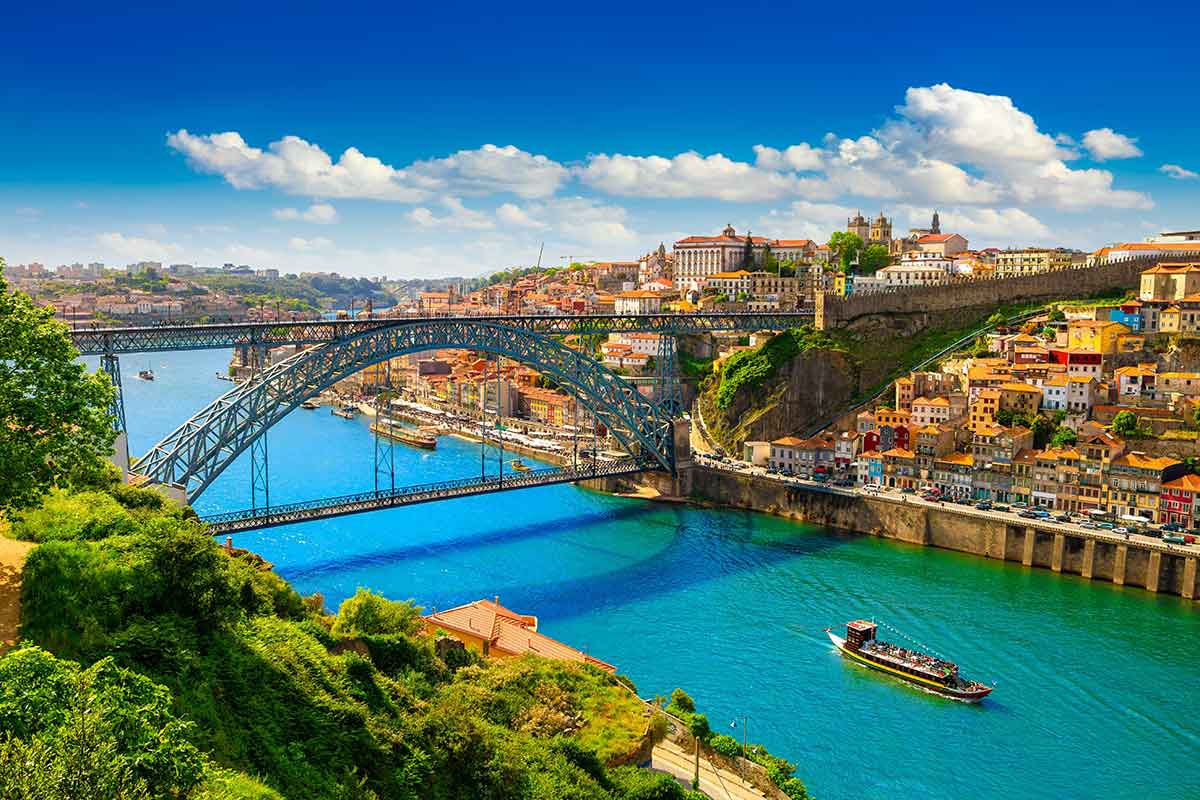Content
Relocating to Italy for permanent residence offers the opportunity to live indefinitely in a jurisdiction with a strong economy, high standard of living, quality healthcare, and wide-ranging prospects for prestigious education and stable income. The standard process involves obtaining a type D visa, followed by a residence permit (permesso di soggiorno), and after five years of legal residence in the Italian Republic — permanent residency. This status grants nearly the same rights as citizenship, with the exception of access to certain public sector jobs and participation in national elections.
The most common reasons for immigration to Italy with the intention of obtaining permanent residency include family reunification, investment, education, employment (including through the EU Blue Card), and self-employment. After ten years of residence in the country, a foreign national becomes eligible to apply for Italian citizenship.
Advantages of Permanent Residency in Italy
Permanent residency in the Italian Republic, also known as the EU long-term residence permit, provides the holder with the following benefits:
- Visa-free travel to other Schengen Area countries with stays of up to 90 days within each 180-day period;
- Free access to the labor market, except for positions legally reserved for Italian citizens;
- Eligibility for social benefits and allowances;
- Access to services provided by public institutions;
- Participation in civic life within legal limits, such as membership in non-political organizations;
- Full access to the National Health Service on the same terms as Italian citizens.
While permanent residency offers fewer rights than citizenship and is subject to rules on allowable periods of absence from the country, it remains a highly beneficial legal status.
To live freely in any EU country, including Italy, without restrictions, obtaining the passport of an EU member state is the most effective solution. Company specialists can advise you on current fast-track EU citizenship programs during a consultation.
Immigration Programs for Permanent Residence in Italy
Immigration to Italy for the purpose of permanent residence involves acquiring EU long-term resident status through standard naturalization procedures. Italian law does not allow permanent residency to be granted through investment or other simplified schemes. An exception applies to holders of the EU Blue Card who have lived and worked in the EU for at least five years, with a minimum of two years of residence in Italy.
It is important to note that not all types of residence permit led to permanent residency, and not all time spent in the country is counted toward the five-year requirement.

Self-Employment
To immigrate to Italy as a self-employed person, the applicant must first obtain a license or special authorization from the relevant ministry (depending on the field of activity), or register with the Chamber of Commerce. The next step is to apply to the Central Police Department for approval to carry out income-generating activities. This is done in accordance with the annual immigration quota decree and can be submitted online via the Ministry of the Interior’s website.
The Chamber of Commerce must also certify that the individual has sufficient funds to support the business. The amount must be at least three times the annual minimum social benefit in Italy.
Employment
Citizens of third countries may immigrate to Italy on the basis of an employment agreement with a local company. To hire a foreign national, the employer must first obtain a special authorization (nulla osta). This document is requested through the Single Immigration Desk (SUI) after the issuance of a government decree on quotas and verification that no suitable candidates are available within the national or EU labor market.
The hosting company must submit to the competent authority the immigrant’s intended address in Italy, a preliminary stay contract that includes the obligation to cover the cost of the employee’s return to their country of origin, and must report any changes in employment status. If there are no obstacles, the nulla osta is issued by the authorized body and automatically forwarded in digital form to the Italian embassy or consulate in the worker’s country of origin to begin visa processing.
Family Reunification
Relocation to Italy is also possible with a family reunification visa, including as a minor child or an accompanying relative. Parents of Italian citizens under the age of 18 who reside in the country are also eligible for immigration.
A foreigner legally residing in Italy with a residence permit valid for at least 12 months, or as a recognized refugee, is entitled to request family reunification for a spouse and minor children, as well as for dependent adult children and parents. The application is submitted through the Ministry of the Interior’s website. The sponsor must prove sufficient housing and financial resources to support the family members, except in cases involving beneficiaries of international protection.
Once the application is approved, family members may apply for an entry visa at the Italian embassy or consulate. Relatives of Italian, EU, or EEA citizens are not required to obtain prior authorization.
EU Blue Card
This immigration route is available to highly qualified specialists who plan to work in Italy under the supervision of a local company or individual. Eligible applicants include university graduates who completed a program of at least three years or hold a higher qualification. Additionally, their annual income must exceed three times the legal minimum social threshold.
Such individuals are granted residence permits outside of the standard government quota for foreign workers. To hire a specialist under this scheme, the employer must provide evidence that the applicant’s qualification corresponds to levels 1, 2, or 3 in the ISTAT CP 2011 occupational classification, as well as submit a valid employment contract or job offer and salary details.
During the first two years of residence, the immigrant may only engage in work that aligns with the conditions of their permit. A change of employer is permitted with the approval of the local labor office.
To discover new opportunities with EU citizenship
Investment
Immigration to Italy outside the government quota system is available to individuals who make a significant contribution to the national economy, specifically:
- EUR 2,000,000 — in government-issued securities;
- EUR 500,000 or more — in an Italian company operating for at least two years, or EUR 250,000 in a startup;
- EUR 1,000,000 or more — as a philanthropic donation to projects of public interest.
Applicants must submit a request for a special investor visa to the Italian Investor Visa Committee, providing proof of sufficient funds and a written commitment to invest in one of the above-listed areas.
Immigration to Italy with an EU Passport
Citizens of any EU country have the right to stay in Italy for up to three months without conditions. To stay longer, the EU passport holder must meet one of the following criteria:
- Employment or self-employment in Italy;
- Possession of sufficient resources to support themselves and their family, along with health insurance, for residence as a financially independent person;
- Enrollment in an educational institution, along with adequate funds for the entire stay and health insurance to cover medical expenses;
- Family reunification with an EU citizen who has acquired the right to reside in Italy for more than three months.
These individuals are not required to obtain a residence permit. The right to reside long-term is acquired after registering with the local municipal office. EU citizens may also work, run a business, and bring family members to Italy without needing additional permits.
Simplified programs are available in several EU countries, allowing applicants to obtain a passport in as little as one year. For more information about these fast-track EU citizenship options, consult with a migration specialist.
What You Need to Move to Italy
To relocate to Italy, you must first determine the appropriate basis for immigration. Once the grounds are established, you may need to obtain special authorizations (if applicable), secure housing, prepare the necessary documentation, and apply for a visa and residence permit. To obtain permanent residency (PR), an immigrant must meet several legal requirements and complete a specific procedure.
Document Preparation
To apply for Italian permanent residency, the following documents are typically required:
- A valid international passport or an equivalent identity document;
- Annual income details and a tax return;
- Proof of no criminal record and confirmation that no criminal proceedings have been initiated against the applicant;
- Evidence of housing that meets established sanitary and safety standards;
- Documentation proving legal residence in the country for the required period;
- Information about marital status or family composition;
- Proof of payment of applicable fees (including stamp duty and residence card issuance);
- Any additional documents requested by the competent authority.
Relocation Conditions and Requirements for Immigrants
As a general rule, to qualify for permanent residency in Italy, a foreign national must:
- Have legally resided in the country for at least five years with a valid residence permit;
- Possess sufficient financial resources to support themselves;
- Reside in accommodation that meets local legal and sanitary standards;
- Demonstrate knowledge of the Italian language at level A2 or higher.
EU long-term residence status cannot be requested by holders of residence permits issued for purposes such as study, medical treatment, or social protection, as well as other specific types of permits. However, most periods of legal residence can be counted toward the five-year requirement, except for time spent in Italy under a short-term permit (permesso di soggiorno di breve durata) or as a diplomat.
Absences from Italy are permissible if they do not exceed a total of 10 months overall or 6 consecutive months with certain exceptions.

Process of Relocating to Italy for Permanent Residency
- Choosing an immigration pathway, preparing the dossier, and applying for a visa.
The applicant selects the most suitable immigration program, collects the basic documents, and provides evidence of grounds for entry and residence. To obtain a type D long-term visa, the application must be submitted to the Italian embassy or consulate. The standard processing time is usually 90 days, 30 days for employment purposes, and 120 days for self-employment. - Obtaining a residence permit.
Within eight days of arrival in the country, the applicant must submit the documents to the local municipality in person or by post and visit the police department at their place of residence to complete the residence permit process. At this stage, the foreign national signs an integration agreement valid for two years. Under this agreement, the applicant commits to acquiring at least A2-level Italian language proficiency, studying the fundamentals of the Constitution, and completing other requirements necessary for integration into local society. The residence permit is usually issued within 60 days from the date of application. Its duration depends on the basis for immigration and may be valid for up to three years. - Renewing or converting temporary status.
At least 60 days before the expiration of the permit, the applicant must submit a request for renewal to the competent authority. If legally justified, the applicant may also request a change in the purpose of the permit — for example, from “medical treatment” to “family circumstances.” The decision on renewal or conversion is made within 60 days from the date of application. - Passing the national language test.
Language proficiency may be confirmed by submitting a certificate from a recognized institution, proof of education obtained in Italy, or evidence of entry into the country as a translator, journalist, university professor, manager, or qualified employee. Otherwise, the applicant must file an online request with the prefecture of the province of residence to take the test. Within 60 days, the applicant will receive notification of the test date and location. If the result is positive, the prefecture will inform the competent authority responsible for issuing permanent residency. - Obtaining permanent residency.
The application is submitted to the police department at the applicant’s place of residence. The document is issued within 90 days of submission. The EU long-term residence card is valid for 10 years for adults and 5 years for individuals under the age of 18.
Refusal of Permanent Residency
Italian authorities may refuse to grant permanent residency if the applicant’s type of residence permit does not entitle them to such status. The EU long-term residence card will be revoked in the following cases:
- The status was obtained fraudulently;
- The applicant is subject to deportation from the country;
- The person has obtained equivalent status in another EU member state;
- The resident has been absent from Italy for more than six years or has stayed outside the EU for over one year.
If permanent residency is revoked but the foreign national is not subject to expulsion and has valid grounds to remain in the country, they may apply for a residence permit in accordance with the law. Otherwise, they must leave the country. In cases of illegal stay, the individual may be fined up to EUR 10,000 or face deportation.
Best Places to Relocate: Choosing a City
When selecting a city in Italy for immigration, factors such as the purpose of relocation, family composition, income level, and personal preferences should be considered. For example, major cities are ideal for students and young professionals due to the abundance of educational institutions and job opportunities, although the cost of living is significantly higher than in provincial areas.
Entrepreneurs are advised to prioritize cities with good transport connectivity — including airports and major highways. Families with children and retirees may find small towns more appealing, thanks to their clean environments, abundant green spaces, and well-developed infrastructure. According to the crowdsourced database Livingcost, the Italian cities with the highest quality of life are Rome, Monza, and Turin.
Rome
Italy’s capital is the country’s largest city, with over 2.8 million residents. The average salary per adult is approximately EUR 1,670. Average monthly rent plus utilities is around EUR 809, with other living expenses totaling approximately EUR 737.
The labor market is showing steady growth: compared to 2021, the number of people employed in 2022 increased by nearly 12,000, while job seekers decreased by about 25,000 and inactive residents by more than 2,500. Rome is home to several top-ranking universities, including Sapienza University of Rome, UniCamillus (focused on healthcare and medical sciences), and LUISS (specializing in social sciences).
Monza
Located in the Lombardy region, Monza is just 15 minutes from Milan and 17 kilometers from Linate International Airport. Its proximity to Milan allows residents to work, study, and conduct business in the metropolis while benefiting from Monza’s more affordable cost of living. The average salary in Monza is EUR 1,824, with living costs per person at around EUR 641 and rent plus utilities estimated at EUR 606.
In the «Quality of Life» ranking published by the economics, legal, and political outlet «ItaliaOggi», Monza was ranked 8th. The analysis considered factors such as business climate, employment, education, social welfare, environment, healthcare, and crime rates.
Turin
With a population of over 870,000, Turin is Italy’s fourth-largest city. It is located just 7 kilometers from an international airport and boasts better environmental quality than Rome or Monza, with air pollution levels averaging only 7 µg/m³.
According to the «Lab24» quality of life report for Italian cities, Turin showed significant progress in business and labor market development, climbing 16 places compared to the previous year. The average income per adult is EUR 1,532. Monthly expenses for food and daily needs average EUR 669, and rent plus utilities cost about EUR 554.
Feedback from Immigrants in Italy
According to immigrants who have relocated to Italy, the process of obtaining legal status involves many nuances. For instance, some migrants initially apply for a type of residence permit that later does not qualify them for permanent residency. In such cases, they must convert their permit, usually to a work-based permit, which requires additional time and effort.
Many foreigners mention difficulties in finding rental housing, particularly small apartments, while large four-room flats of over 120 m² are widely available. In central and southern regions, older buildings are common, often with poor ventilation and high humidity.
Overcoming the language barrier is a key part of adapting to life in Italy. It typically takes around six months to understand locals and about three years to communicate fluently. Immigrants also frequently encounter bureaucracy, challenges with banking services, and inconvenience due to most shops and establishments being closed in the evenings and on weekends.
Experts in international law can help you choose the most accessible immigration program based on your situation. Legal professionals assist with document preparation and support you through every step of the process, helping you avoid mistakes, meet deadlines, and obtain the desired status as quickly as possible.

